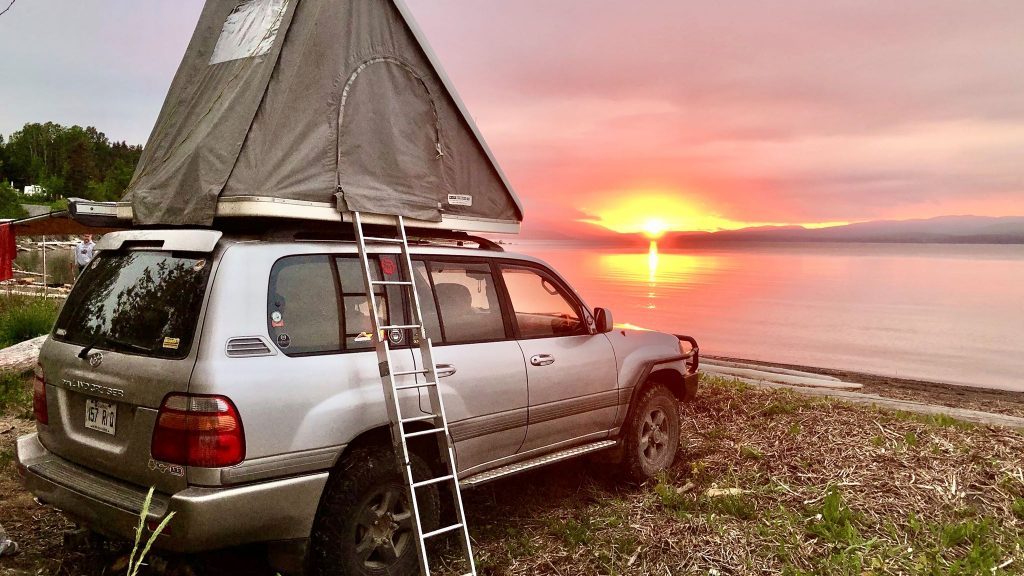Let’s start at the beginning. Why a roof top tent?
The main advantage of a RTT or Roof Top Tent, is that it always has a flat and comfortable underside, unlike a traditional tent where you have to carefully choose the ground where the tent will be set up; Away from roots rocks and away from cold/wet ground. In some places, the tent should be out of reach from dangerous animals.
A Roof Top Tent is a luxury that brings a lot of comfort.
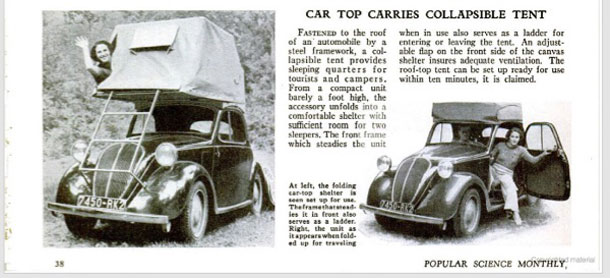
While it is relatively new to the North American market, the popularity of this concept has been widespread in Europe for several decades. The first one appeared in the 1930s in Western Europe.
The Autohome, a very popular concept in Italy, was among the first to be imported here. In operation since 1958, Autohome is possibly the oldest of the current manufacturers. In recent years, competitors have multiplied, offering several levels of quality, innovative options and a wide range of tent classes exist.

The foldable and flexible RTTs, and the rigid RTTs. There are some rare models that are a hybrid between the two concepts.
The soft ones usually fold in half and are covered with a protective canvas for transport, these models range in prices.
The advantages of soft tents:
-Space occupied in transport position is half the area of the tent size
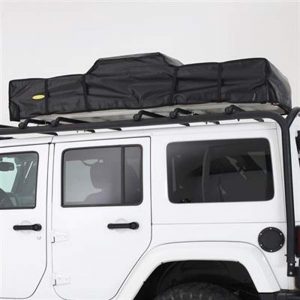
-Easier storage due to smaller size when in off-season storage
Option to have an additional section hanging under the extended part, providing an enclosed space under the platform and also the advantage of being able to access the tent dry when it rains
This type of RTT is generally more affordable than rigid RTTs
Disadvantages of soft tents:
-Often more fragile because of the frames and more susceptible to abrasion between the canvas and its frames
-More susceptible to water leaks and require more care after a rain
-Greater difficulty to deploy the tent in sub-zero temperatures
-Low storage capacity inside the closed tent
-Slower to deploy, more effort to pack up
Hardtop tents are generally made of a hard shell that opens by connecting the two parts with fabric. Most are made of fiberglass, some of aluminum and rarely carbon fiber.
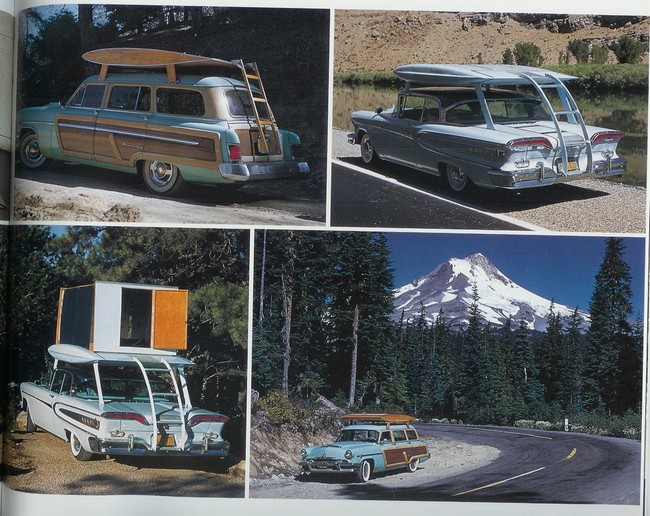
The advantages of rigid tents:
-Super fast set up (usually less than 15 seconds)
-strong durability
-Large interior storage; bed does not have to be re-made
-Better heat retention potential
-Generally thicker and firmer mattress (does not have to be folded for storage)
-Good weather resistance
Disadvantages of rigid tents:
-Space occupied is often double that of soft tents
-Cost of acquisition much higher
-Impossibility to have additional sections within the tent, access to the tent during bad weather is therefore more difficult
With many products these days, the price is often a reference of the quality of the product, but the gain in benefits is in diminishing returns. That is, the difference between a $1000 RTT and a $2000 one is much greater than between a $4000 tent and a $5000 one.
In the case of roof top tents, two factors are primarily affected.
The first and most obvious is the choice of materials:
The fabric used will be more or less weather resistant. The fabric can be naturally water resistant while others require regular treatment. The top of the range is waterproof; water is not blocked during penetration; it beads on the surface and does not enter the material. The advantage is that the tent can be closed wet without the risk of mildew. High-end textiles are also more resistant to abrasion and stains.
Not all zippers are of equal quality. They are often very long closures exposed to the elements. Repair work on a RTT with specialized fabrics can be extremely expensive, not to mention the difficulty of finding a specialist who can make the repair.
The floor of soft tents can be made of composite materials or plywood. The weight and durability of composites are better.
The thickness of the fiberglass in the tents varies from one model to another; greater the thickness, the better the resistance to cracking. There are also several levels of quality in the fiber fabrics used in the manufacturing process of fiberglass products.
The second major factor affecting price is attention to detail and the amount of detail in the design:
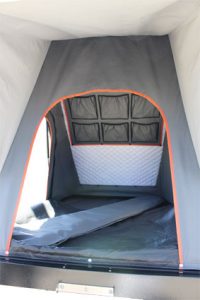
-Interior storage pockets
-Waterproof exterior shoe pockets
-Quality of the ladder
-Solar lights
-Solar powered fan
-Details to facilitate opening and closing (air expeller, ropes, elastics)
-Canopy to protect openings
-Number of openings
-Load capacity on the roof of the tent (e.g., kayak or bicycle rack)
The installation of an RTT requires special attention. It is a very heavy element for the roof load capacity of many vehicles. It is important to check the manufacturer’s specifications, while considering the weight of the tent and the people who will sleep in it. For example, a four-person tent will easily hold 600lbs in this case some quality loading poles are necessary, and this is an important element to consider in the purchase cost. Tents are more often than not made overseas, specifically in China. As in many areas, the Chinese supply is highly variable. Contrary to popular belief, the level of quality depends more on what the designer orders than where it is manufactured. Quality control on an assembly line is a paid service that is part of the unit price of the product when ordered by a Canadian, American or other designer. This is true no matter where it is manufactured.
Of the four Canadian manufacturers, Treeline Outdoors and Burmis Oudoors are from Alberta and GoXplore is from Quebec. These manufacturers all offer several levels of quality and detail in their tent models. All three seem to have multiple customers satisfied enough to proclaim it publicly.
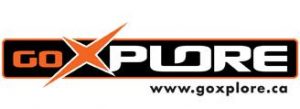 : http://www.goxplore.ca/
: http://www.goxplore.ca/
Burmis Outdoors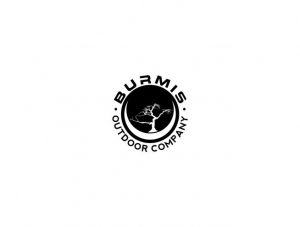 https://burmisoutdoor.com/
https://burmisoutdoor.com/
Since the publication of the article, another manufacturer has been identified;
Wild Coast Tents, Nouvelle Écosse: https://wildcoasttents.com/
Photo Credit: David Drouin
Vincent Bouchard, Overland Québec Administrator, Collaborator 4x4SetupMagazine

